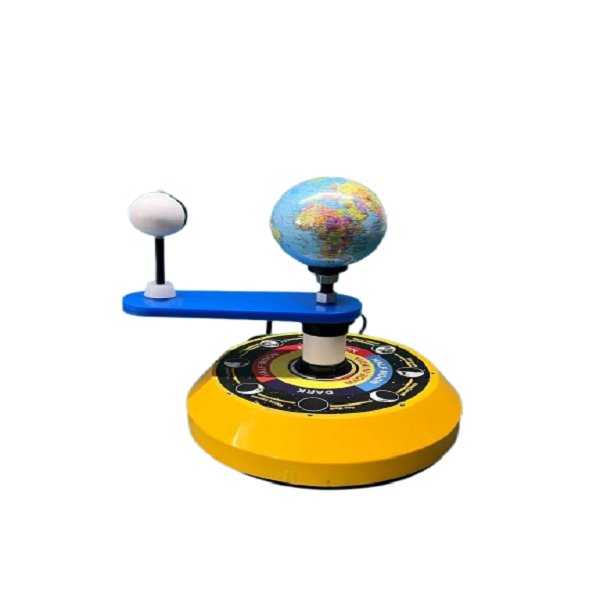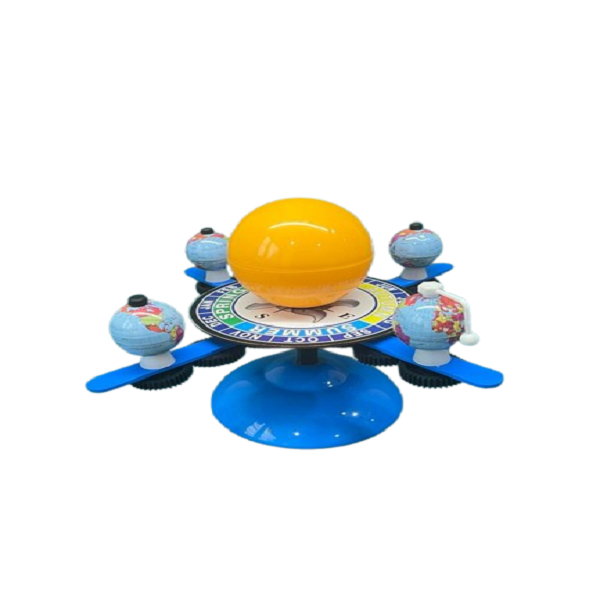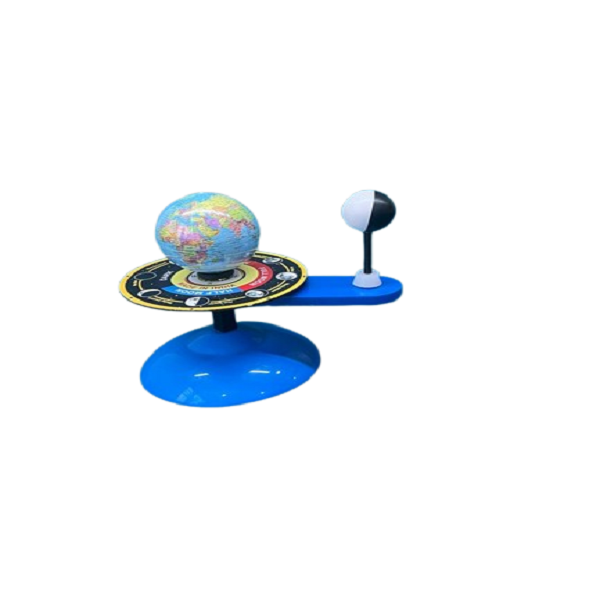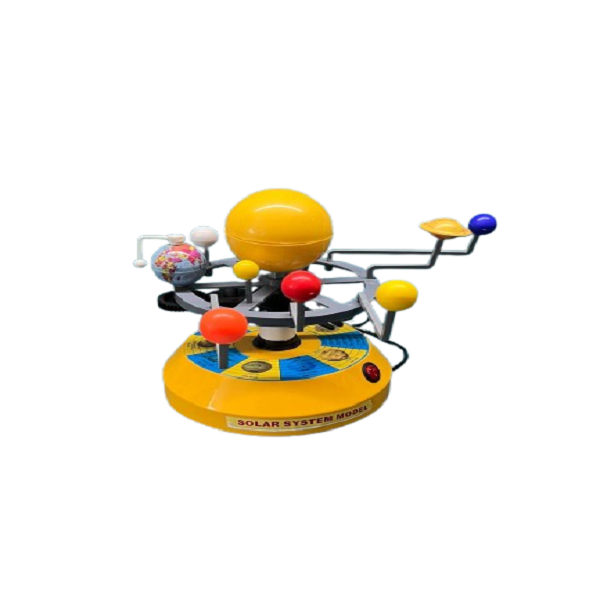The phases of the moon can be modeled by simulating the moon with a ball and a light source. Here’s how:
- Use a ball to represent the moon.
- Shine a light on the ball to represent the sun.
- Hold the ball in different positions to see how different parts of the ball are lit up.
- Create a series of phases that match the moon’s appearance.
The moon’s phases are caused by the moon’s position relative to the Earth and the sun, and how sunlight hits the moon. The moon’s phases include:
- New moon: The moon is between the Earth and the sun, so the side of the moon facing Earth is in shadow.
- First quarter: Half of the moon’s illuminated side is visible from Earth.
- Full moon: The moon is on the opposite side of the Earth from the sun, so the entire near side of the moon is illuminated.
- Waning crescent: The final phase, when only a small sliver of the moon is visible.
The moon’s phases repeat in a cycle, taking about 29.5 days to go from one new moon to the next.






There are no reviews yet.